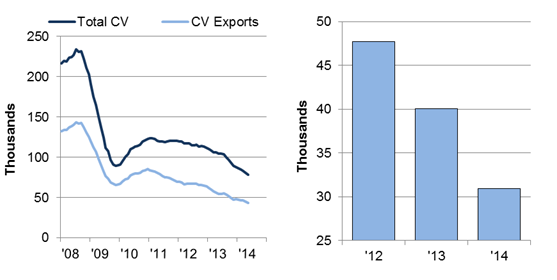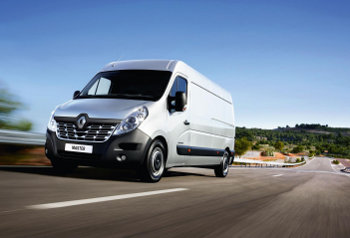
The new Renault Master
Renault has confirmed the launch price and specification details for the UK version of the new Master large van. Ordering is now open, and the first UK deliveries are expected in September.
In the UK, prices for the New Master will start from £21,120 for the basic panel van models, excluding VAT & OTR charges. Crew Van models will start from £27,000, and while conversion models will start from £23,300.
The initial range will comprise short, medium and long wheelbase panel vans, medium wheelbase crew vans (seven seats), and a large range of medium and long wheelbase conversions including chassis cabs, tippers, dropsides (all in single and double cabs), platform cabs, box vans and Luton models.
Vans will be available in front- or rear-wheel-drive, including a new long wheelbase single rear-wheel drive model aimed at couriers, and four GVW weights: 2,800kg, 3,300kg, 3,500kg or 4500kg.
Panel vans will offer a choice of low, medium or high roof, with load volume of up to 17m3 (panel van), 22m3 (box van).
There will be two trim levels, Business and Business+, and there will be a total of five diesel engines options across the range, including three ENERGY versions, such as the new Twin Turbo dCi 165, which offers fuel economy of up to 40.9 mpg (combined) and CO2 emissions of 180g/km.
Drivers will be able to choose from six-speed manual or Quickshift6 transmission options, and new core equipment includes: DAB radio with CD player, ESC with Grip Xtend, Hill Start Assist and Trailer Swing Assist.
UK order books are open now, first deliveries are expected in September.

 Used van prices have now risen above the peak pre-recession levels seen in 2006, according to auction specialist, Manheim.
Used van prices have now risen above the peak pre-recession levels seen in 2006, according to auction specialist, Manheim.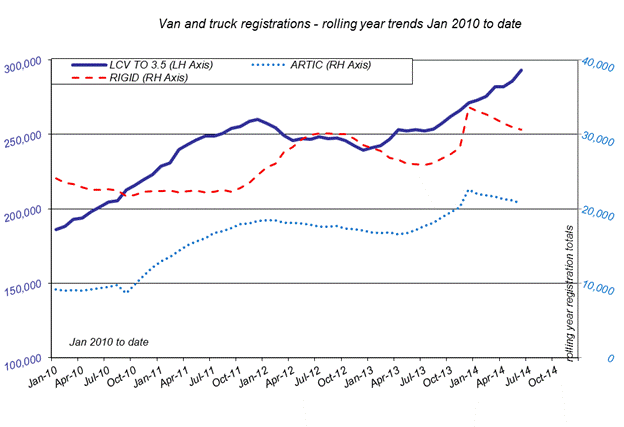
 Anyone who was in London on 11 June is likely to have found that the capital’s traffic was even worse than usual, thanks to a protest by the capital’s black cab drivers, who parked up in Trafalgar Square to complain about the in-roads being made into their archaic and closed-shop business practices by mobile phone app Uber.
Anyone who was in London on 11 June is likely to have found that the capital’s traffic was even worse than usual, thanks to a protest by the capital’s black cab drivers, who parked up in Trafalgar Square to complain about the in-roads being made into their archaic and closed-shop business practices by mobile phone app Uber.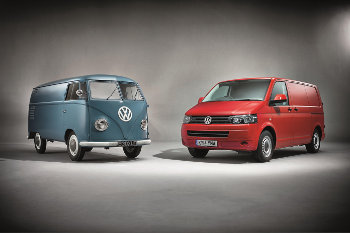
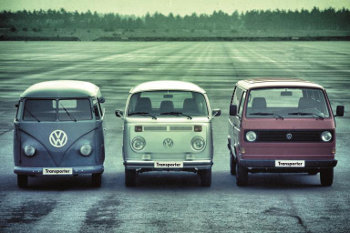
 Scotland’s leading business
Scotland’s leading business 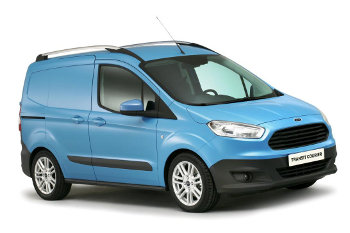
 Need to hire a van this week?
Need to hire a van this week?
